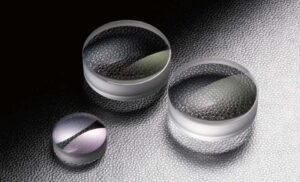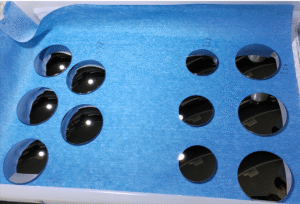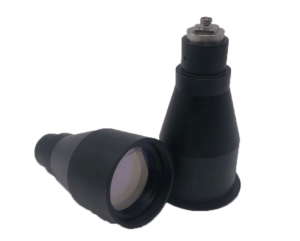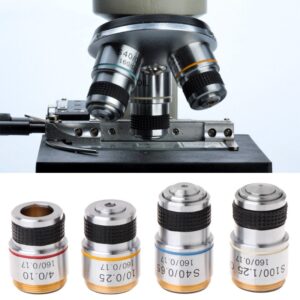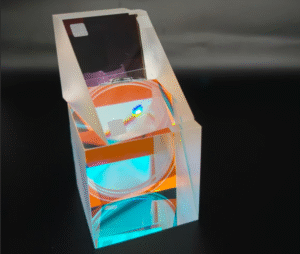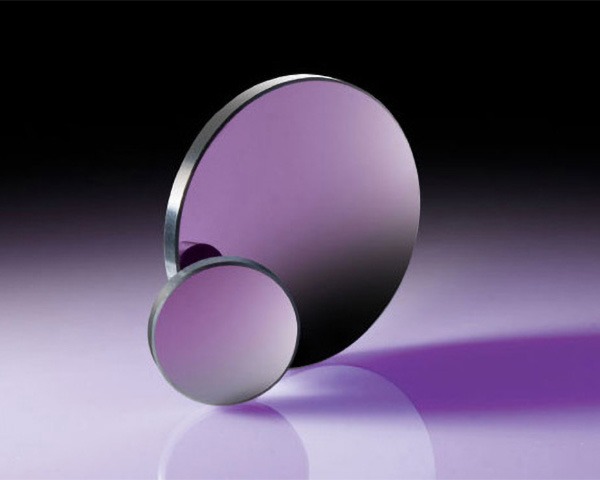UV Bandpass Filters — Precision Optics for Ultraviolet Imaging & Detection
Bote Optics offers high-performance UV bandpass filters designed to selectively transmit ultraviolet wavelengths while blocking out visible and infrared light. Ideal for UV photography, fluorescence imaging, spectroscopy, and industrial UV detection, our filters deliver excellent spectral accuracy, high transmission rates, and durable optical coatings.

With full production capabilities in Nanjing, China and localized assembly and QC in Singapore, we provide custom UV filter solutions for research institutes, equipment manufacturers, and photonics engineers across the globe.
🔍 What Is a UV Bandpass Filter? – Bandpass Filter Explained
A bandpass filter is an optical filter that allows a specific range of wavelengths to pass through while blocking others. A UV bandpass filter transmits a narrow band of ultraviolet light (typically in the 200–400nm range), blocking out visible and IR radiation.
UV bandpass filters are essential in applications such as:
- UV photography and forensics
- Fluorescence microscopy
- Semiconductor inspection
- Medical diagnostics
- UV curing and sterilization systems
- Astronomical observation
🧪 Bote’s UV Bandpass Filter Options
| Filter Type | Wavelength Range | Substrate | Typical Application |
|---|---|---|---|
| UV Bandpass Filter 254nm | 250–260 nm | UV-grade fused silica | Germicidal detection |
| UV Bandpass Filter 280nm | 275–285 nm | Quartz | Environmental monitoring |
| UV Bandpass Filter 320nm | 315–325 nm | UV glass | UV curing, photolithography |
| UV Bandpass Filter 365nm | 360–370 nm | Fused silica or BK7 | UV-A imaging, anti-counterfeit |
| Custom UV Bandpass Filter | 200–400 nm | Customizable | OEM sensors, spectroscopy |
Each filter can be customized in size, thickness, transmission range, and coating type. Our hard-coated filters are suitable for high-power and long-term use in harsh UV environments.
📷 UV Bandpass Filter for Photography
Using a UV bandpass filter for photography allows photographers and forensic experts to isolate specific UV wavelengths, revealing hidden patterns or fluorescence not visible to the naked eye. Ideal for:
- Forensic investigations (e.g., bodily fluids, ink detection)
- Art restoration (detecting overpainting or repairs)
- Botanical imaging (studying UV reflectance in plants)
- UV landscape photography with specialized sensors
Tip: Pair a UV filter with a full-spectrum modified camera for best results.
📽️ UV Bandpass Filter Film & Glass Options
At Bote, we offer UV filters in both glass and film formats:
🔹 UV Bandpass Filter Film
- Flexible, lightweight, and suitable for lamination
- Used in display protection, UV sensors, or DIY applications
- Ideal for temporary use or curved surfaces
🔹 UV Bandpass Filter Glass
- Durable and scratch-resistant
- Available in fused silica, quartz, or UV-grade glass
- Preferred for optical benches, machine vision, or OEM integration
Need a specific size or coating? Contact us for customization.
🛠️ How to Build a Bandpass Filter – DIY Tips
For researchers and hobbyists interested in building a UV bandpass filter system, here’s how:
- Choose the Right Substrate: Use fused silica or quartz for deep UV; UV glass for near-UV.
- Apply Optical Coating: A dielectric multilayer coating defines the transmission band.
- Block Visible/IR Wavelengths: Use absorptive layers or combine with longpass/shortpass filters.
- Assemble into Housing: Use metal or plastic frames for stability.
Or—skip the hassle and let Bote fabricate your design to spec with high-quality coatings and precision control.
💡 Unique Advantages from Bote Singapore
Why choose Bote UV Bandpass Filters?
✅ Hard-Coated Durability – Long-term use without degradation
✅ High Transmission Rates – >90% in passband
✅ Precision Tolerance – ±2nm CWL tuning
✅ Custom Geometry – Round, square, or irregular shapes
✅ Short Lead Times – Faster delivery for ASEAN and global clients
✅ ISO-Compliant QC – In-house spectral analysis and inspection
Learn more about our Optical Fabrication Services.
❓ FAQ – Frequently Asked Questions
Q1: What is the difference between UV and IR bandpass filters?
A: UV bandpass filters transmit ultraviolet wavelengths (200–400nm), while IR bandpass filters transmit infrared light (700–5000nm). The materials and coatings differ accordingly.
Q2: Can I use UV filters with a regular camera?
A: Not effectively. Most standard cameras have built-in UV/IR blocking filters. To use UV bandpass filters, a full-spectrum modified camera is recommended.
Q3: What’s the difference between UV pass and bandpass filters?
A: A UV pass filter allows UV light through and blocks visible/IR entirely. A bandpass filter transmits only a narrow slice of UV—ideal for selective imaging or detection.
Q4: Do you support OEM orders or volume customization?
A: Absolutely. We work with international OEM clients across medical, industrial, and academic sectors. Get in touch for a quote.
🌍 Applications Across Industries
- Medical Imaging & Diagnostics
- Forensic Science & Law Enforcement
- Biological & Chemical Fluorescence
- Semiconductor Manufacturing
- Astronomy & UV Observation
- Industrial UV Curing Systems
📷 Example Transmission Curve: UV Bandpass Filter 365nm
(Insert image: spectral transmission graph showing passband at 365nm with OD4 blocking outside 340–390nm.)
📦 Order Your UV Bandpass Filters from Bote
Whether you need a single prototype or volume production, Bote Optics provides custom UV bandpass filters with world-class quality and quick turnaround.
📨 Request a quote at www.bote.com.sg/contact
📧 Or email: [email protected]

